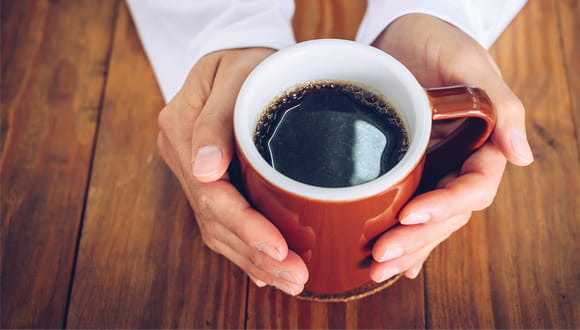| Narcolepsy |
Let Us Help You Find a Doctor
Let Us Help You Find a Doctor
U.S. PATIENTS:713.790.3333
Find a Specialist Near You
Houston Methodist’s narcolepsy experts provide the latest, research-driven treatments. Our board-certified sleep medicine specialists personalize care to restore our patients’ quality of life.
As one of only nine sleep centers accredited by the American Academy of Sleep Medicine (AASM), Houston Methodist offers the highest quality of care for narcolepsy. Our distinctive experience and expertise are critical to helping patients avoid serious injury and decreased quality of life from this intrusive sleep disorder.
Using innovative technology, physicians and sleep technicians conduct advanced testing in our private, comfortable sleep laboratory to diagnose narcolepsy and provide customized treatment quickly and accurately. Our goal is to improve patients’ quality of life as soon as possible.
As one of only nine sleep centers accredited by the American Academy of Sleep Medicine (AASM), Houston Methodist offers the highest quality of care for narcolepsy. Our distinctive experience and expertise are critical to helping patients avoid serious injury and decreased quality of life from this intrusive sleep disorder.
Using innovative technology, physicians and sleep technicians conduct advanced testing in our private, comfortable sleep laboratory to diagnose narcolepsy and provide customized treatment quickly and accurately. Our goal is to improve patients’ quality of life as soon as possible.
Diagnosing & Treating Narcolepsy
Caffeine & Sleep: How Long Does Caffeine Keep You Awake?
Caffeine can help you stay alert and awake — but it can also aggravate symptoms of narcolepsy.
Choose a Doctor at One of Our Locations
FILTERS:
Clear All Filters

